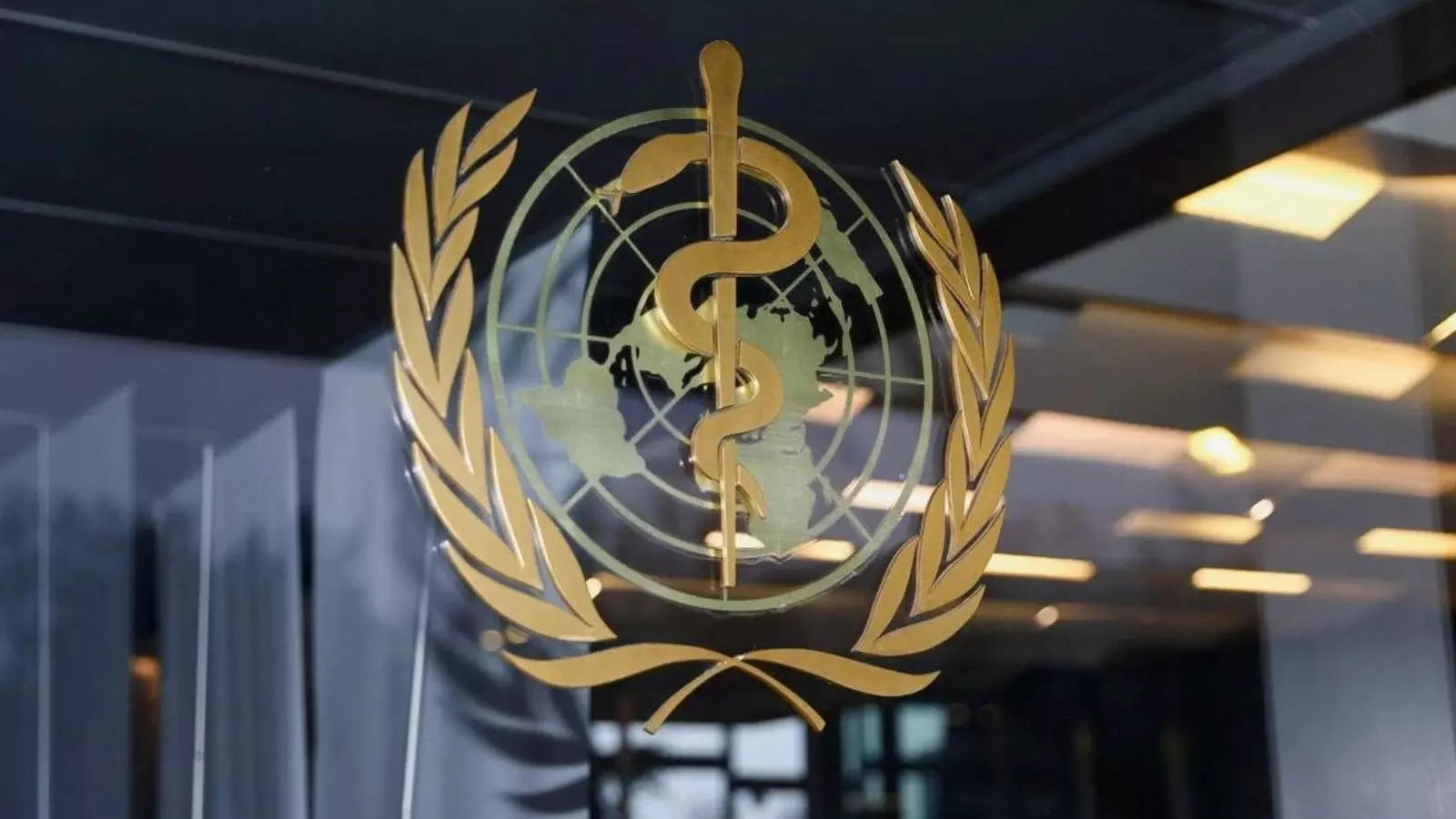
Geneva: Who said on Tuesday Droplets This was a shorter route of transmission compared to ampox. Physical Contactand said more Research It was necessary to understand that Outbreak It is spreading.
The World Health Organization, concerned by the rise in ampox cases, declared an international emergency on 14 August. Clade 1b strains It spread in the Democratic Republic of Congo and also to neighboring countries.
Ampox spreads between people mainly through close physical contact with someone who is infected with the virus, the UN health agency says on its website. Virus,
It says, “Close contact includes skin-to-skin (such as touching or sex) and mouth-to-mouth or mouth-to-skin contact (such as kissing).”
This can also include “being face-to-face with someone with ampox (such as talking or breathing in close proximity to each other, which may produce infectious respiratory particles)”.
WHO spokeswoman Margaret Harris said on Tuesday that if someone infected with the virus has a wound, “if you’re talking to someone closely, breathing on them, being physically close, face-to-face, then the virus is likely to spread,” but that this is a minor source.
Instead, “what we are seeing is close physical contact, skin-to-skin”, as the main route of transmission, he told a briefing in Geneva.
“When you’re talking to someone, you expel droplets,” but “it’s not a very widespread form of infection — and it’s not an airborne, long-distance infection.”
“More research is needed to fully understand the dynamics of transmission,” Harris said.
The World Health Organization recommends the use of face masks for people with ampox, their close contacts, and health workers treating them.
– Study on new strain –
There are two subtypes of ampox: clade 1, which is found in the Congo Basin of central Africa; and clade 2, which is found in western Africa.
The surge in DR Congo is being driven by the increase of two distinct Clade 1 strains.
The first outbreak is in northwestern DRC, previously known as Clade 1, now called Clade 1a.
Second, in northeastern DRC, there is a new branch of clade 1, called clade 1b, which was first detected in September last year and is spreading rapidly.
The spread of Clade 1B and its detection in neighboring countries were the main reasons for the World Health Organization to issue an emergency alert.
Clade 1 ampox is considered to be more virulent than clade 2 ampox and has a higher mortality rate.
As for whether clade 1b is more dangerous than clade 1a, Harris said: “We don’t have the data for that.”
“Studies are ongoing to understand the properties of the new strain. But the available epidemiological data does not really suggest that the Clade 1B variants cause more severe cases and deaths.”
The WHO said on Tuesday it needs $87.4 million from September to February to implement its plans to contain the chickenpox outbreak.
Meanwhile, the UN refugee agency has warned that displacement camps in the DRC and other affected countries in Africa could be severely affected.
“Without additional, urgent assistance, the recently declared ampox outbreak could be devastating for refugees and displaced communities,” said UNHCR public health chief Alan Maina.
He said implementing MPox prevention measures among people fleeing violence was a “huge challenge”, with people pushed into overcrowded shelters with poor sanitation while others were denied humanitarian assistance.

